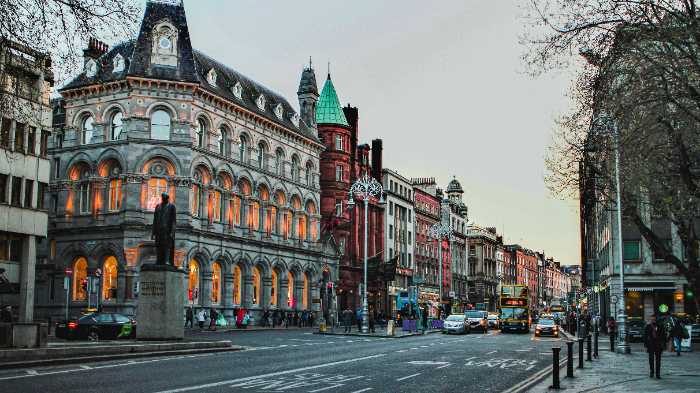
Dublin
IrelandDublin, a city where the spirited lilt of the Irish accent intertwines with the lively strumming of a pub session, offers a charm that extends far beyond its famed hospitality. It wasn't always the island's primary hub; for centuries, other settlements held sway, their influence eventually yielding to Dublin's strategic coastal position and burgeoning Viking roots. Consider this: Dublin's origins can be traced back to a Viking settlement in the 9th century. The name "Dublin" itself is believed to derive from the Old Irish "Dubh Linn," meaning "black pool," likely referring to a dark tidal pool at the confluence of the River Liffey and the River Poddle. This Norse heritage adds a layer of fascinating history beneath the city's more recent Georgian elegance. Intriguingly, Dublin boasts a surprising connection to Bram Stoker, the author of the iconic vampire novel "Dracula." Stoker was born in Dublin, and while the Transylvanian setting of his masterpiece might seem far removed from the Irish capital, some scholars suggest that Dublin's own folklore and perhaps even its shadowy alleyways may have subtly influenced his gothic imagination. Another fascinating aspect of Dublin lies in its abundance of literary connections. It has been home to a remarkable number of literary giants, including James Joyce, William Butler Yeats, Samuel Beckett, and George Bernard Shaw, earning it a UNESCO City of Literature designation. Walking its streets, you can almost feel the echoes of their conversations in the pubs and their inspiration in the city's landscapes. Beyond its historical and literary significance, Dublin holds a unique claim to a rather unusual sporting tradition: hurling. This ancient Gaelic sport, often described as a cross between hockey, lacrosse, and rugby, is fiercely popular in Ireland, and Dublin has its own passionate hurling community, offering visitors a chance to witness a truly unique and exhilarating spectacle. Furthermore, Dublin's iconic Guinness Storehouse isn't just a brewery tour; it's a journey through the history and culture of Ireland's most famous export. From its origins in 1759 when Arthur Guinness signed a 9,000-year lease on the St. James's Gate Brewery, to the panoramic views of Dublin from the Gravity Bar, it's an immersive experience that goes beyond just the brewing process. Finally, the vibrant street art scene that has emerged in Dublin in recent years offers a contemporary counterpoint to its historical architecture. Colorful murals and thought-provoking installations can be found throughout the city, particularly in areas like Temple Bar and Portobello, showcasing Dublin's evolving artistic identity and its embrace of modern forms of expression. To explore Dublin is to encounter a city where Viking roots meet Georgian grandeur, where literary ghosts mingle with lively pub conversations, and where ancient traditions find new expression in a vibrant modern setting.
 Ha'penny Bridge
Bridge
Ha'penny Bridge
Bridge
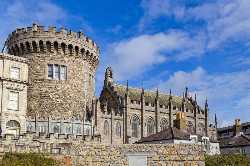 Dublin Castle
Castle
Dublin Castle
Castle
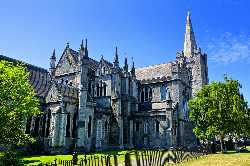 St Patrick's Cathedral Dublin
Cathedral
St Patrick's Cathedral Dublin
Cathedral
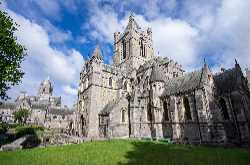 Christ Church Cathedral Dublin
Cathedral
Christ Church Cathedral Dublin
Cathedral
 National Concert Hall
Concert Hall
National Concert Hall
Concert Hall
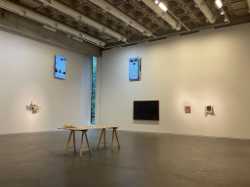 Douglas Hyde Gallery
Gallery
Douglas Hyde Gallery
Gallery
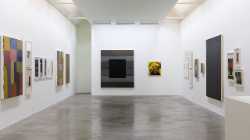 Kerlin Gallery
Gallery
Kerlin Gallery
Gallery
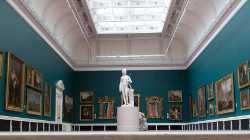 The National Gallery of Ireland
Gallery
The National Gallery of Ireland
Gallery
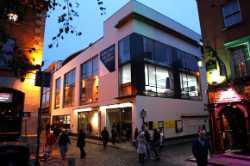 Temple Bar Gallery
Gallery
Temple Bar Gallery
Gallery
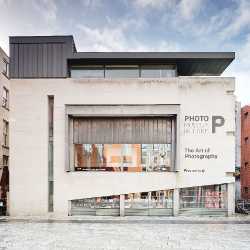 Gallery of Photography Ireland
Gallery
Gallery of Photography Ireland
Gallery
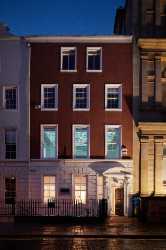 The Molesworth Gallery
Gallery
The Molesworth Gallery
Gallery
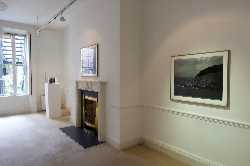 Oliver Sears Gallery
Gallery
Oliver Sears Gallery
Gallery
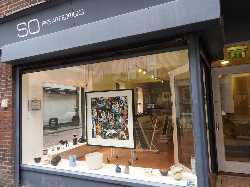 SO Fine Art Editions
Gallery
SO Fine Art Editions
Gallery
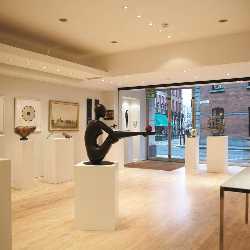 Solomon Fine Art
Gallery
Solomon Fine Art
Gallery
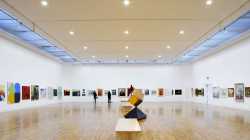 Royal Hibernian Academy
Gallery
Royal Hibernian Academy
Gallery
 Howth Market Dublin
Market
Howth Market Dublin
Market
 Science Gallery Dublin
Museum
Science Gallery Dublin
Museum
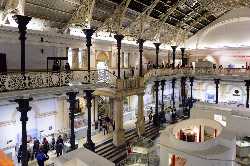 National Museum of Ireland Archaeology
Museum
National Museum of Ireland Archaeology
Museum
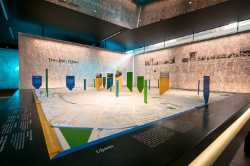 Museum of Literature Ireland
Museum
Museum of Literature Ireland
Museum
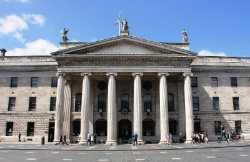 GPO Museum
Museum
GPO Museum
Museum
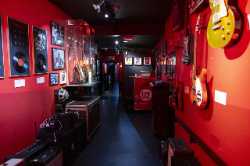 The Irish Rock ‘N’ Roll Museum Experience
Museum
The Irish Rock ‘N’ Roll Museum Experience
Museum
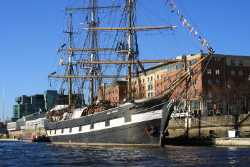 Jeanie Johnston Tall Ship & Famine Museum
Museum
Jeanie Johnston Tall Ship & Famine Museum
Museum
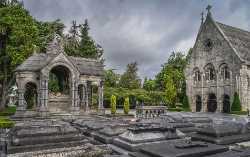 Glasnevin Cemetery Museum
Museum
Glasnevin Cemetery Museum
Museum
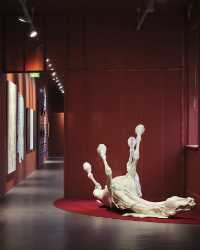 Irish Museum of Modern Art
Museum
Irish Museum of Modern Art
Museum
 The Book of Kells Dublin
Museum
The Book of Kells Dublin
Museum
 Jameson Distillery Bow St
Museum
Jameson Distillery Bow St
Museum
 Guinness Storehouse
Museum
Guinness Storehouse
Museum
 National Museum of Ireland Decorative Arts and History
Museum
National Museum of Ireland Decorative Arts and History
Museum
 National Museum of Ireland Natural History
Museum
National Museum of Ireland Natural History
Museum
 The Little Museum of Dublin
Museum
The Little Museum of Dublin
Museum
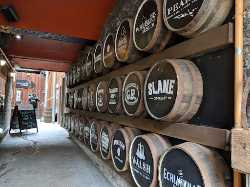 Irish Whiskey Museum
Museum
Irish Whiskey Museum
Museum
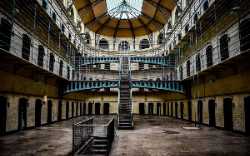 Kilmainham Gaol
Museum
Kilmainham Gaol
Museum
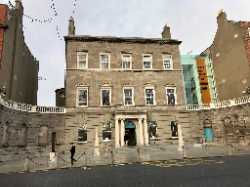 Hugh Lane Gallery
Museum
Hugh Lane Gallery
Museum
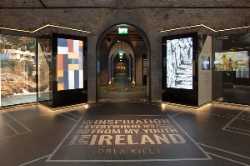 EPIC, the Irish Emigration Museum
Museum
EPIC, the Irish Emigration Museum
Museum
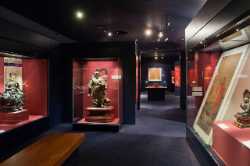 Chester Beatty
Museum
Chester Beatty
Museum
 Dunsink Observatory
Observatory
Dunsink Observatory
Observatory
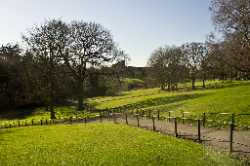 Phoenix Park
Park
Phoenix Park
Park
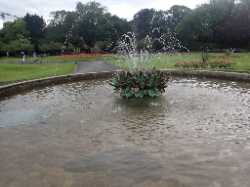 Saint Stephen's Green
Park
Saint Stephen's Green
Park
 Iveagh Gardens
Park
Iveagh Gardens
Park
 Irish National War Memorial Gardens
Park
Irish National War Memorial Gardens
Park
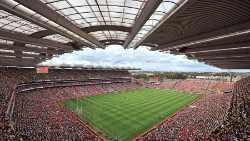 Croke Park
Stadium
Croke Park
Stadium
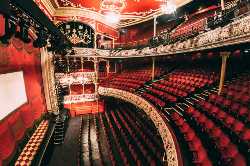 Olympia Theatre
Theatre
Olympia Theatre
Theatre
 Axis Ballymun
Theatre
Axis Ballymun
Theatre
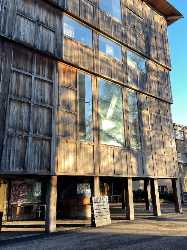 Samuel Beckett Theatre
Theatre
Samuel Beckett Theatre
Theatre
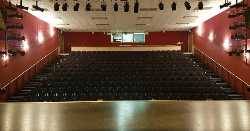 Draíocht Arts Centre
Theatre
Draíocht Arts Centre
Theatre
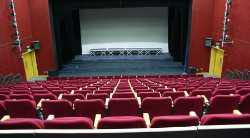 Civic Theatre
Theatre
Civic Theatre
Theatre
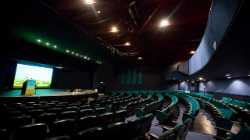 Liberty Hall Theatre
Theatre
Liberty Hall Theatre
Theatre
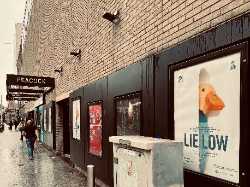 Peacock Theatre
Theatre
Peacock Theatre
Theatre
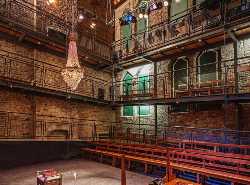 Smock Alley Theatre
Theatre
Smock Alley Theatre
Theatre
 Bord Gáis Energy Theatre
Theatre
Bord Gáis Energy Theatre
Theatre
 Project Arts Centre
Theatre
Project Arts Centre
Theatre
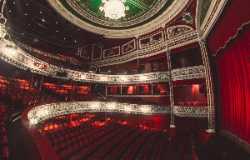 Gaiety Theatre
Theatre
Gaiety Theatre
Theatre
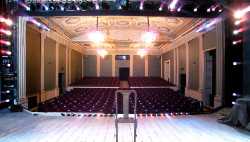 Gate Theatre
Theatre
Gate Theatre
Theatre
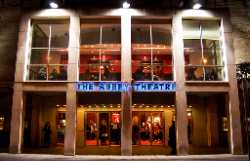 Abbey Theatre
Theatre
Abbey Theatre
Theatre
 Drury Street Dublin
Tourist attractions
Drury Street Dublin
Tourist attractions